By the late 1960s, the American muscle car landscape was saturated with heavyweight contenders boasting massive engines and equally massive proportions. Yet, Dodge took a different approach with the Dart GTS—delivering big performance in a smaller, more agile package. Introduced as part of the A-body lineup, the GTS offered a compelling alternative to its bulkier B-body stablemates, emphasizing power-to-weight advantages without sacrificing street presence or drivability.
Positioned between economy and full-size muscle, the Dart GTS became a factory lightweight that could surprise even seasoned competitors at the drag strip. With engine options ranging from the lively 340 small-block to the formidable 383 and rare 440, it proved that Mopar’s performance philosophy wasn’t limited to the obvious choices. Here’s a closer look at the Dodge Dart GTS and how it carved out its own legacy in muscle car history.
Lightweight Body, Muscle Intent

The Dart GTS took advantage of the compact Dart platform, weighing just under 3,200 pounds in most configurations. That made it one of the lightest muscle cars on the market—and a nightmare for heavier rivals.
Its smaller size meant less weight to move, which translated into quicker launches and better responsiveness. Dodge knew exactly what it was doing: give it a V8 and let the body stay lean. The result? A street sleeper that didn’t need to shout to be taken seriously.
The 340 V8 Was a Screamer

Standard in the GTS was the high-compression 340 cubic-inch V8, delivering 275 horsepower. But many believe it was underrated—some claim the real output was north of 300 horses.
It featured a dual-plane intake, big-valve heads, a windage tray, and a hot cam. This small-block revved fast and pulled hard, especially when paired with the optional 4-speed. For those who couldn’t afford the big-blocks, the 340 was proof that small displacement didn’t mean small performance.
Optional 383 Made It a Real Threat
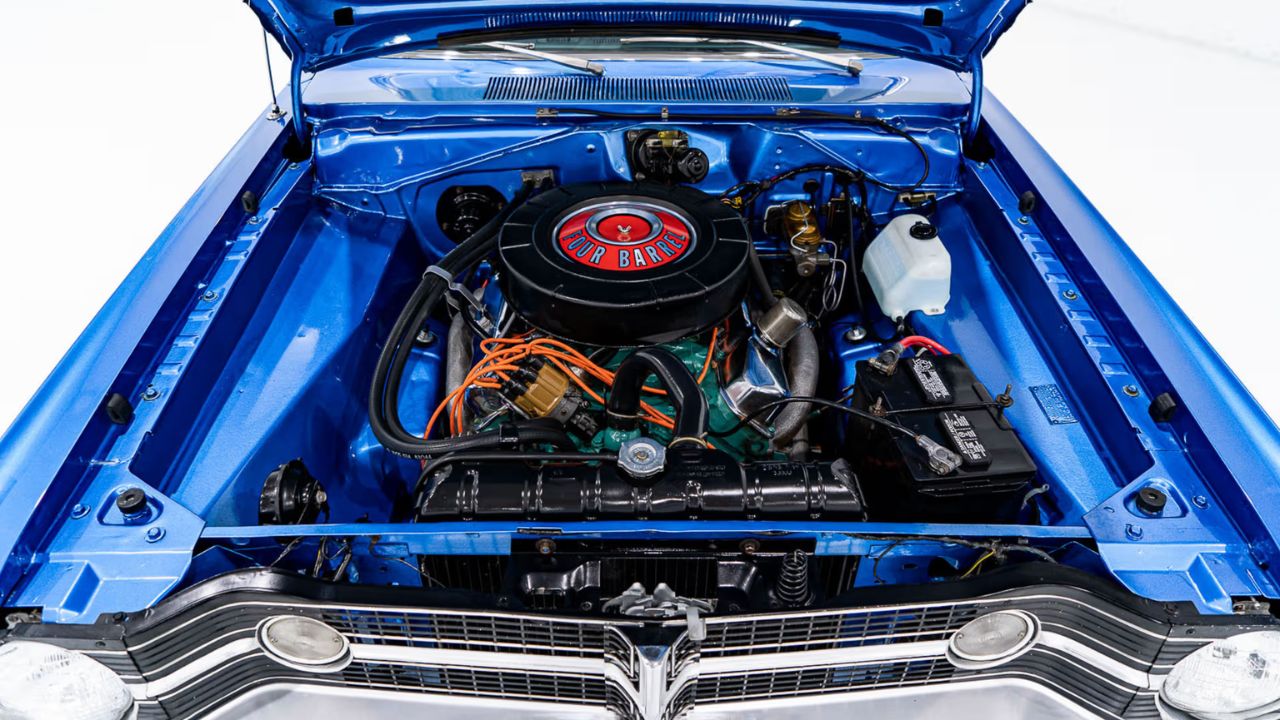
Buyers who wanted even more power could opt for the 383 cubic-inch big-block, rated at 300 horsepower. With more torque and a deeper growl, it turned the Dart into a straight-line menace.
However, the 383 shoehorned into the Dart’s tight engine bay made things cramped. Steering clearance was limited, and there was less room for headers. But for pure muscle, the 383 made the GTS a serious contender on the street.
Only a Few Got the 440 Treatment

In 1969, a handful of Dart GTS cars were built with the 440 cubic-inch big-block. These factory lightweights were part of Dodge’s race program and didn’t show up in the regular brochures.
With 375 horsepower and a stripped-down focus, the 440 GTS was more drag strip weapon than weekend cruiser. Very few were made, making them one of the most collectible variants in the Dart lineup today.
Suspension Tuned for Street and Strip

The GTS came with heavy-duty suspension components including upgraded shocks, stiffer torsion bars, and a rear sway bar. It also got a lower stance and wide 14-inch wheels wrapped in performance tires.
While it wasn’t built for corner carving, it offered a balanced ride for street driving and good weight transfer at launch. It could hook hard and stay planted, which is exactly what it needed to embarrass bigger muscle cars off the line.
Clean, No-Nonsense Styling

Dart GTS models looked aggressive without going overboard. Dual hood scoops, GTS badging, and a blacked-out rear panel gave it just enough flair. It wasn’t flashy, but it had presence.
A stripe package was optional, and many GTS cars came with vinyl tops or bumblebee stripes that wrapped around the tail. The look was lean, muscular, and all business—fitting for a car that punched above its weight.
Interior Built for Driving, Not Lounging

Inside, the Dart GTS was simple but functional. You got high-back bucket seats, a center console (on automatics), and round rally gauges if you checked the right boxes.
Dodge wasn’t chasing luxury here. The layout was focused on driving, with the essentials close at hand. It had just enough refinement to make it livable for daily driving, but the priority was speed, not softness.
Transmission Options for Every Driver

The Dart GTS offered a standard 4-speed manual with a Hurst shifter or a heavy-duty 727 TorqueFlite automatic. Both were geared for quick acceleration and took abuse without flinching.
The 4-speed cars were the most engaging, but the automatic models held their own at the strip. Many GTS buyers opted for the automatic for consistency and ease during bracket racing.
A Factory Underdog with a Cult Following

The GTS didn’t get the same spotlight as Chargers or Road Runners, but it earned a loyal fanbase. Its sleeper appeal, performance per dollar, and rarity gave it serious street cred.
Today, surviving examples—especially the 383 and 440 cars—are prized among Mopar collectors. It’s the kind of muscle car that never screamed for attention but always backed up its attitude with numbers.
The End of the Line Came Too Soon

Dodge discontinued the Dart GTS after 1969, making way for the Swinger 340 in 1970. That meant the GTS had just a two-year run, making it one of the more short-lived nameplates in Dodge’s muscle car era.
Despite its short time on the market, the GTS made a serious impression. It’s a reminder that in the late ‘60s, muscle wasn’t always about size—it was about how hard you could hit, and how fast you got there.
*This article was hand crafted with AI-powered tools and has been car-fully, I mean carefully, reviewed by our editors.


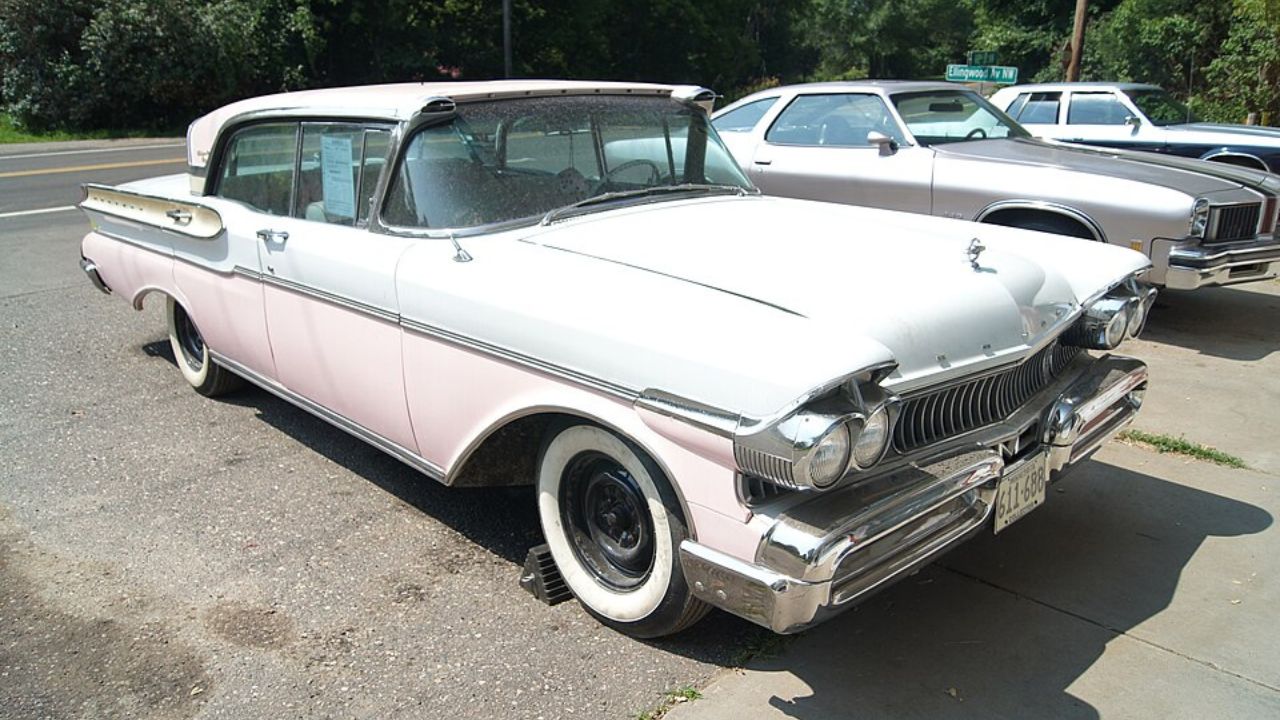
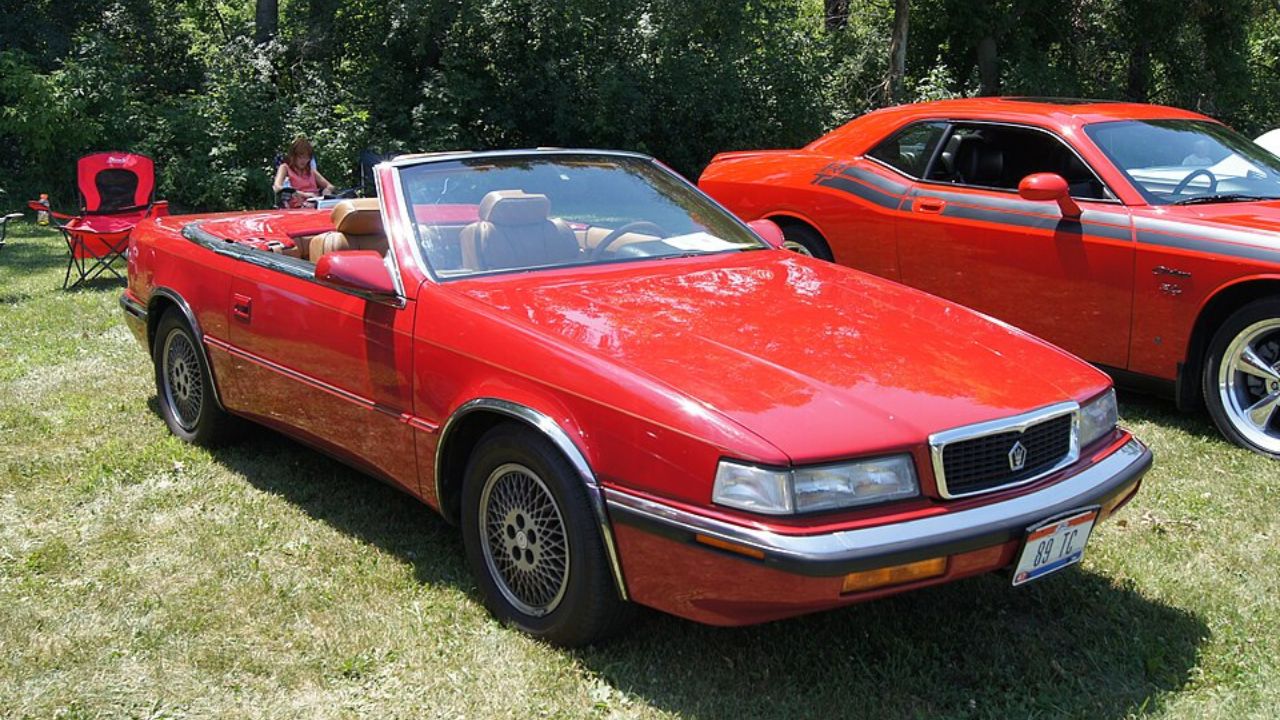

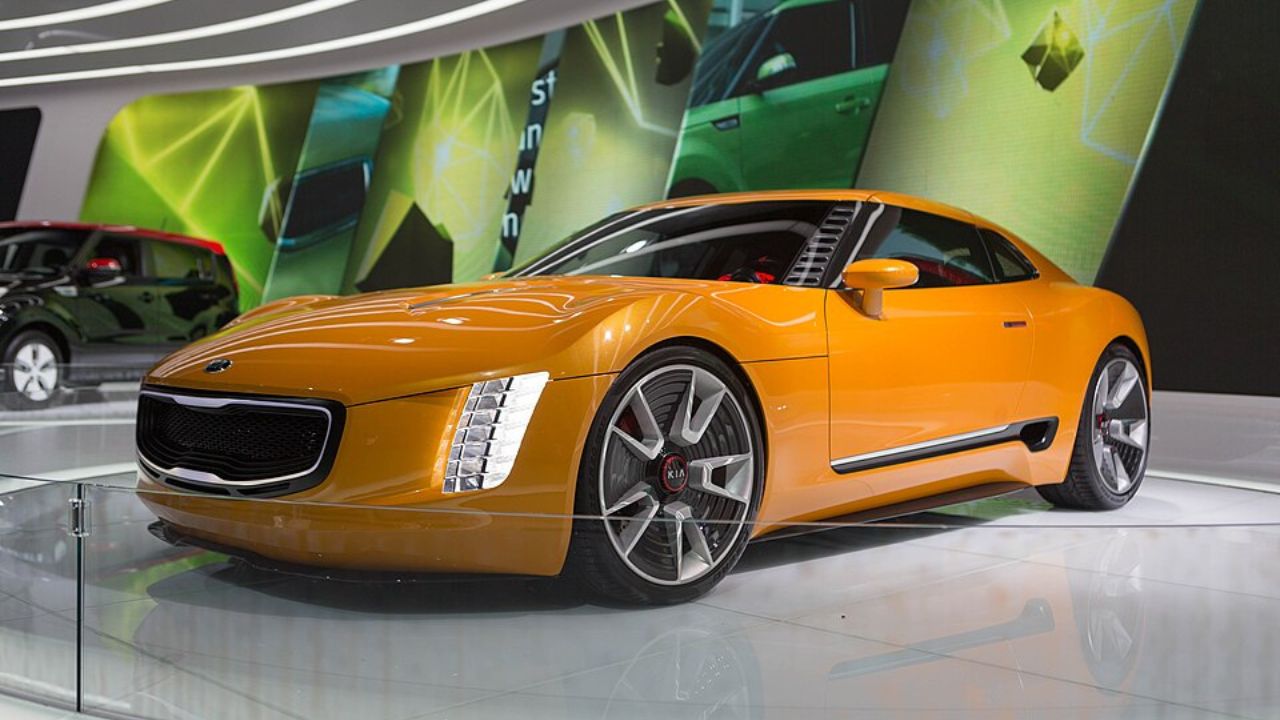
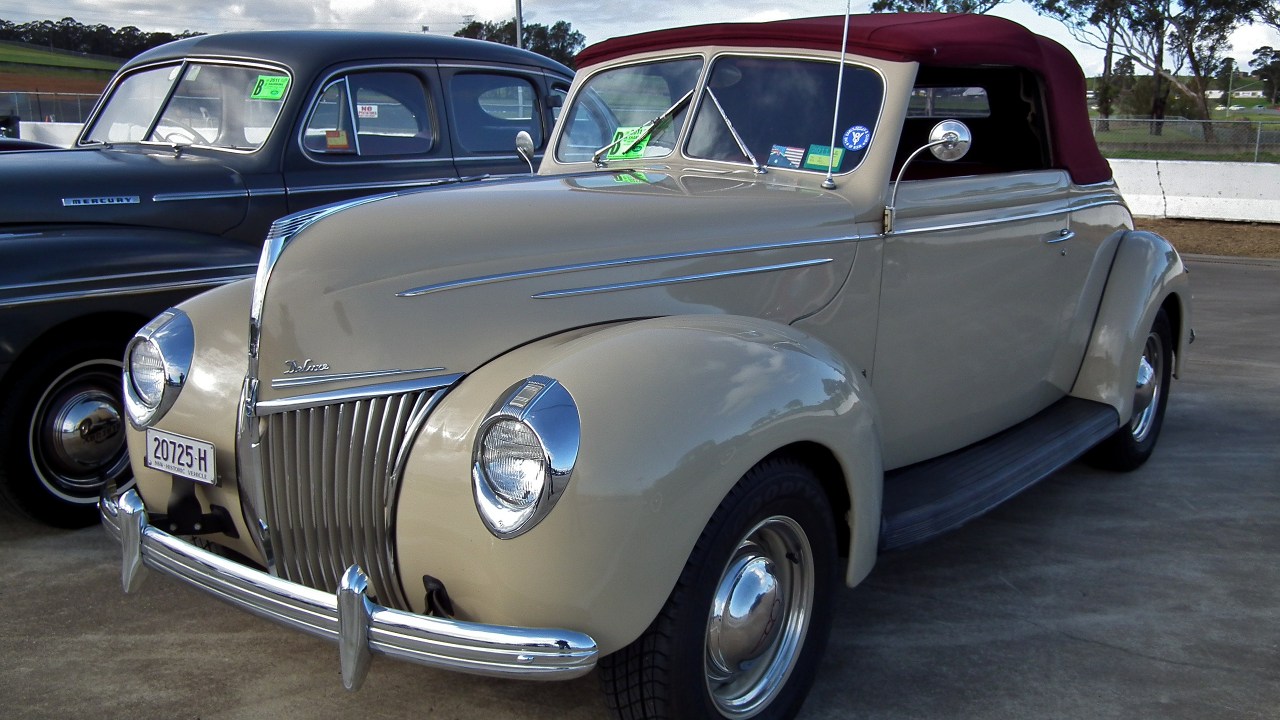
Leave a Reply